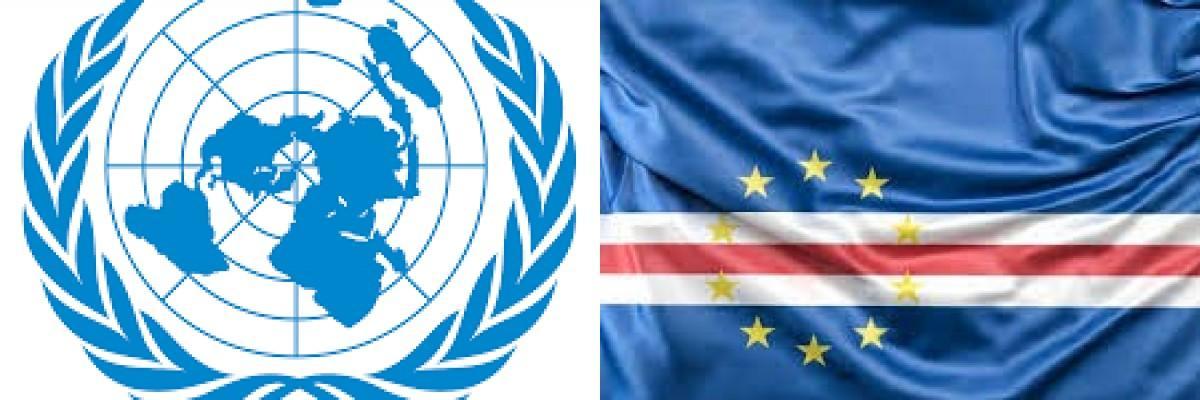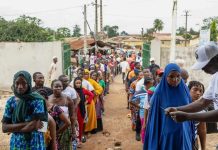Africa-Press – Cape verde. Cape Verde has already reached half of the indicators of the 17 Sustainable Development Goals (SDGs), but there are many areas with setbacks and others with insufficient data to identify trends, according to information released this Thursday by the United Nations.
The data was presented, in the city of Praia, during a meeting of the monitoring committee of the Cooperation Framework between the parties (2023-2027), reporting a “rapid evolution” especially in health (SDG 3), in which the goals are practically being achieved.
However, even in this area, there is a “setback” in non-communicable diseases, more specifically in the number of deaths from cancer, and “insufficient progress” in the coverage of essential health services.
The country is still registering “rapid progress” in the eradication of poverty (SDG 1), although with difficulties in increasing the population covered by social protection schemes.
In the eradication of hunger (SDG 2), Cape Verde is practically reaching the goal of ending malnutrition in children under five years of age, but has “insufficient progress” in moderate or severe food insecurity and growth delays in children with less than five years.
In education, the country is well positioned in terms of schooling parity index, in schools with access to basic services and in teachers (secondary) with minimum qualifications, but there is “insufficient” data to identify the trend in completion rates in all areas. education levels, meaning that the country will have “difficulties” in achieving the targets.
Another area in which the target is “achieved or practically achieved” well before 2030 is the reduction of inequalities (SDG 10), as well as the proportion of women in management positions (SDG 5) or the proportion of the population covered by a mobile network ( SDG 9).
Conversely, there are many other areas in which the country is experiencing setbacks, such as the weight of renewable energy in electrical production (SDG 7 – renewable energy), the proportion of informal employment in total employment (SDG 8 – decent work) and non-classic accommodation/lack of housing conditions (SDG 11).
There are also setbacks in the proportion of wild species traded, namely turtles (SDG 15), in children with birth registration in a civil registration authority (SDG 16), in Public Development Assistance (ADP) as a percentage of Gross Domestic Product (GDP ) and debt service as a proportion of exports.
The table made available during the meeting also highlights an “insufficient evolution” in primary access to fuels and clean technologies (SDG 7), performance rate according to sex and age, young people outside the educational system/not economically active (SDG 8) and in the employment generated by the manufacturing industry .
Likewise, there is a trend of evolution below expectations in the forestry area, in victims of voluntary homicide, per 100,000 inhabitants, and in total tax revenues and percentage of GDP, the latter two without defined targets, as well as in the percentage of the budget financed by domestic taxes.
Drinking water and sanitation, climate action, peace, justice and effective institutions, partnerships, sustainable cities and communities, sustainable production and consumption are other of the 17 SDG targets by 2030.
For More News And Analysis About Cape verde Follow Africa-Press






